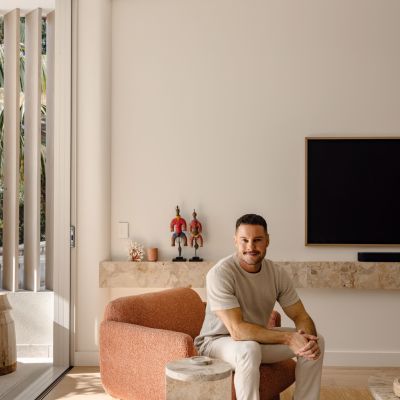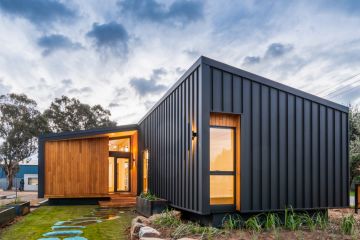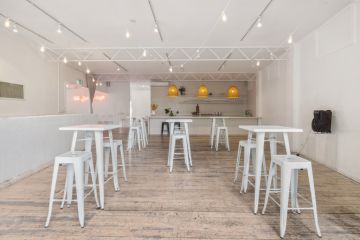Budget blowouts: How to manage your money when renovating
As anyone who’s built or renovated a property will know, finding ways to manage budget blowouts can be the most challenging aspect of a project.
It’s natural to dream big but bill shock can bring us down to earth with a crash.
While pulling off impressive renovation results with limited resources is the name of the game for contestants on The Block, this doesn’t always stop blowouts from occurring.
In 2024 teams will be looking for clever ways to save.
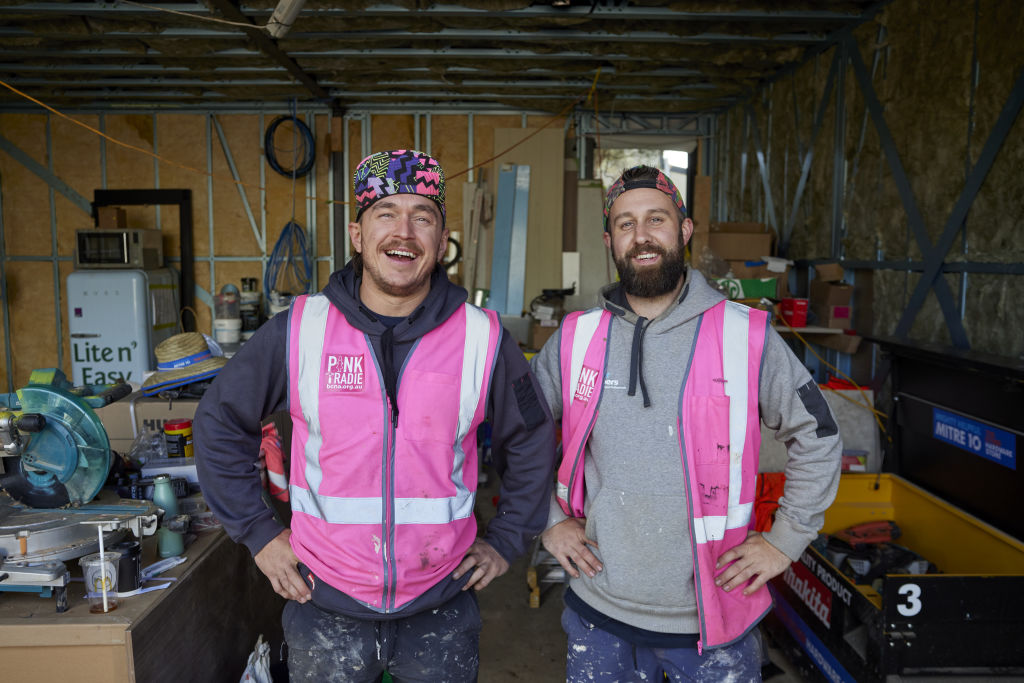
Matthew Saunderson of QS Plus Quantity Surveyors provides a sobering statistic on just how challenging this currently is.
“Since COVID started, building costs have gone up about 50 per cent,” he says.
“That’s a huge increase in three years and it’s bigger than what many have seen in their entire careers in the building industry.”
The good news is that there are a variety of factors – from the amount of planning you do to choosing the right fixtures and finishes – that can positively impact your budget and keep your costs in check.
Here’s how to manage your money when renovating:
Work out your pain points and prioritise
“For me, it’s all about working out what’s really critical and organising things in terms of priorities,” says Jennifer Crawford of Our New Home Coach.
Common pain points can be a lack of space to house a growing family, unusable rooms and dead space, and outdated or badly configured kitchens or bathrooms.
“I start by asking clients what the deal breaker is – what’s causing [them] pain on a day-to-day basis. We address that first and then deal with other things that are nice to have,” Crawford says.
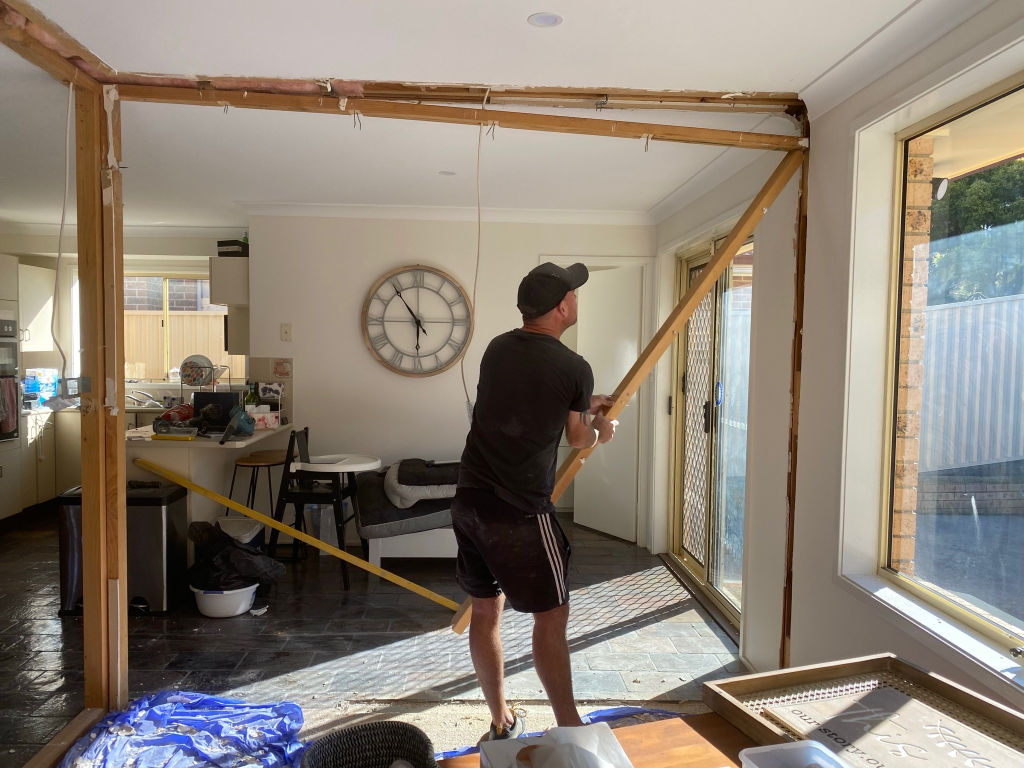
Saunderson says that, when he creates a cost estimate, “I ask what the minimum scope is and what the priorities are. Anything outside of that I break down into individual costs. It could be a bathroom, a kitchen, a pool, or landscaping – it becomes a shopping list the client can pick from based on what they can afford to do.”
He says it’s important to keep in mind that, “When it comes to renovating or building, the most expensive room in a house is the bathroom. The second most expensive is the kitchen, followed by the laundry and living areas.”
Size (really) matters
“The number one thing to do is to build as small as you can, because every square metre adds to the cost,” Saunderson says.
“It’s about maintaining the quality rather than trying to stretch things out over a massive floor area. Having rooms that are used for multiple purposes also helps.”
This is something Crawford agrees with.
“You might spend $30,000 to $40,000 on a really nice piece of joinery [to create a work-from-home space, for example],” she says. “That’s effectively giving you another room, which you’re not otherwise going to get for that amount of money.”
Be realistic about DIY
By all means, do whatever you can yourself – like painting or landscaping – to avoid having to use extra contractors.
“The key thing here is to be realistic about your skillset,” Crawford says. The last thing you want to do is start tinkering with tiling or plumbing if it’s beyond your level of expertise, only to cause more costly and complicated problems down the track.”
Balance cost savings with quality
It’s wise to choose more affordable fixtures, fittings and finishes where you can. But be mindful that economising too enthusiastically could cause resentment or regret.
“You can spend thousands of dollars on taps and light fittings or go down to Bunnings to buy them,” Crawford says. “But you’ve got to be comfortable with the level of performance of those cheap and cheerful things. It’s a question of value.”
Saunderson adds: “Finishes are the things you’ve got to look at every day.
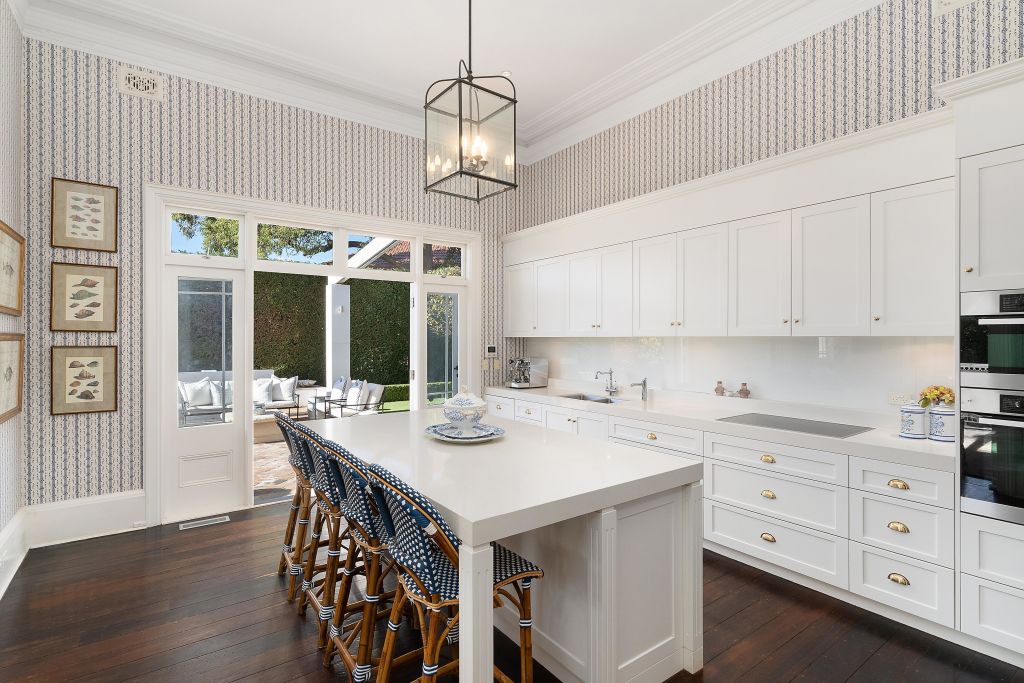
“And when you walk through the front door and realise you hate your kitchen, you might begin to ask whether it was all worthwhile. So be careful about how drastically you cut back.”
This, again, is where reducing the overall size of the renovation comes in, he says.
“You’ll have more money to play with when it comes to finishes, which are the things that give you pleasure and add to the resale value.”
Hire a professional
Saunderson’s advice is to start pricing renovations, extensions and rebuilds early on before you’ve been “sold the dream” by an architect or builder and are already on your way to chasing DAs and approvals.
At this stage, it can be really difficult to course-correct and avoid budget blowouts.
“Quantity surveyors specialise in pricing projects and we can do it from quite early on,” he says.
“My strong advice is when you pass sketch or initial concept design, get someone to start putting numbers on it so your costings can shape the design.”
Hiring a consultant or cost-planning professional, far from adding an additional cost, could actually save you money.
Crawford says she’s often able to talk people out of overspending.
“I get clients coming to me saying they want to put another story on,” she says. “But with the budget they have, that’s not going to happen. And then we can look at what they can do with their existing floor plan.”


We recommend
We thought you might like
States
Capital Cities
Capital Cities - Rentals
Popular Areas
Allhomes
More


